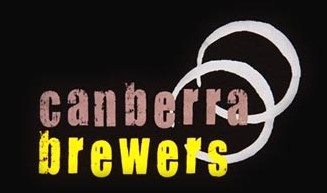Beer judging
What happens at a beer judging?
Prior to the judging, the Competition Secretary, who initially collects the entries, sorts them to determine the judging order. Beers of the same style are randomised in sequence but the styles are ranked more or less from lightest and palest to strongest and darkest. The Competition Secretary also assigns an entry number and removes any markings or labels that would identify the brewer. The entries are stored in cool and dark conditions and then delivered at least three days prior to the judging venue to allow them to settle and equilibrate at the correct temperature.
Each club competition or category at the major championships is judged by at least three experienced judges who are managed by a competition steward. The steward serves the beers to the judges in a predetermined order in such a way that the judges do not see the bottles, telling the judges only the entry number and the style (provided by the brewer).
The judges frequently refer to the style guidelines but also use their knowledge of the beer style and experience as brewers themselves to evaluate the beer according to Aroma (12 points), Appearance (3), Flavour (20), Mouthfeel (5) and Overall Impression (10). The beers are assessed in terms of their conformity to style and their overall quality with comments made on technical flaws or merits and advice provided on how the beer may be improved. The points are tallied and as each judge assigns a maximum of 50, overall scores are given out of 150. During the judging the judges must remain silent and not influence each other through noise or other expression.
Once each judge has completed his or her independent assessment, the judges compare notes and scores to finalise the judging. We recommend a maximum spread of 7 points across the judges’ scores and sometimes there may be an adjustment made to bring scores together. On the whole we rarely get widely varying scores and acknowledge that is it a subjective process and the feedback to the brewer is only enhanced by getting a range of opinions. The scores are checked by the steward. The Competition Secretary announces the results of each competition shortly after each judging and they are usually published in the newsletter and on the website. A certificate presentation for club competitions for first, second and third prizes for the ACTABC are conducted, usually at the meeting following the judging.
Can I learn to become a beer judge?
New members who wish to become involved are also encouraged to spend some time first assisting the steward, which helps them to become familiar with the judging procedure, followed by an ‘apprenticeship’ as a trainee judge. This way you have a chance to judge alongside the actual panel and learn from the experienced judges, until you can be confident that you have the necessary level of skill to evaluate beers properly, including the very important ability of being able to give constructive feedback.
The Canberra Brewers, and indeed most clubs around Australia, are also involved in the international Beer Judge Certification Program (BJCP). The training for this program involves a course over six months, usually one night per fortnight, followed by a four hour exam. There are excellent educational materials to support the course which is run by experienced judges and brewers in the club. There is some cost for materials and sitting the exam but they are kept to a minimum. More information is available on the BJCP website.
